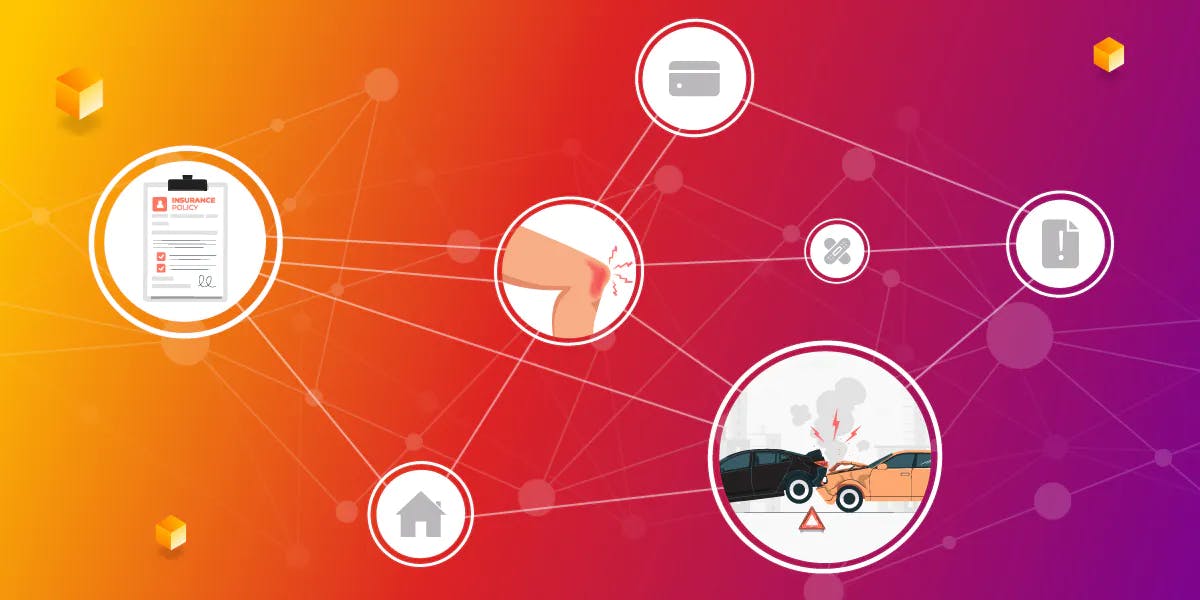Expose fraudulent claims
and swiftly process
legitimate ones
Enhance your fraud system by mining relationships between entities. Stop looking at activities, behaviors, individuals and entities in isolation, and provide context to your data to increase fraud detection accuracy by up to 90% and decrease false positives by up to 50%.
Increase accuracy with hybrid models
Uncover up to 90% more fraud by fusing your machine-learning model with graph analytics.
Make your decisions intuitively explainable
Use graph anayltics to explain how the fraud was orchestrated to increase the credibility of your claims.
Decrease false positives
Discovering hidden patterns in your data to get a broad context of the users' activities will allow you to quickly process genuine claims.
Graph Technology in Fraud Detection
When financial losses in the form of fraud are a constant threat to your business, you may choose to tread lightly. But not taking risks is just another way of losing profits. Instead of being overly cautious, use the right tools. Graph databases are exactly the right tool to deal with social processes with complex interactions and will allow you to be one step ahead of the fraudsters and efficiently detect fraud.
Why use Memgraph?
Performance for real-time needs
Memgraph excels in real-time, concurrent, write-heavy data with its C++ in-memory architecture. Check out the benchmark results and validate them for yourself!
High Availability
Access high availability via Memgraph's open source commitment in the Community Edition. You don’t need an Enterprise license for seamless graph database.
Full flexibility
Memgraph is Cypher-ready, offers various database connectors, and enables custom procedures in languages like Python and C/C++. Launch instances on-prem or on AWS Cloud with a 14-day trial.
Blog post
Three Reasons How Graph Databases Can Enhance the Insurance Industry
If your data is trapped inside tables and you can’t seem to get satisfying answers to questions that would enhance your business, it’s time to switch to graph databases. Here are three main reasons why!

Join us on Discord!
Find other developers performing graph analytics in real time with Memgraph.